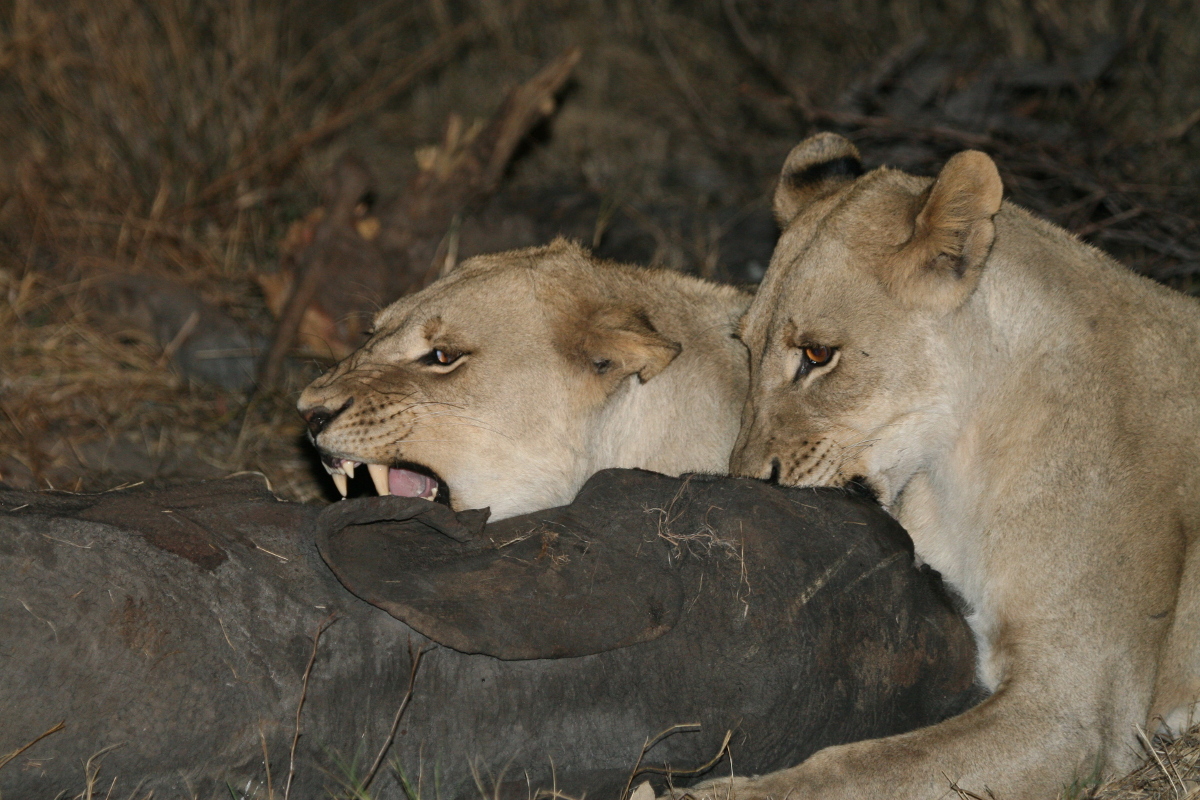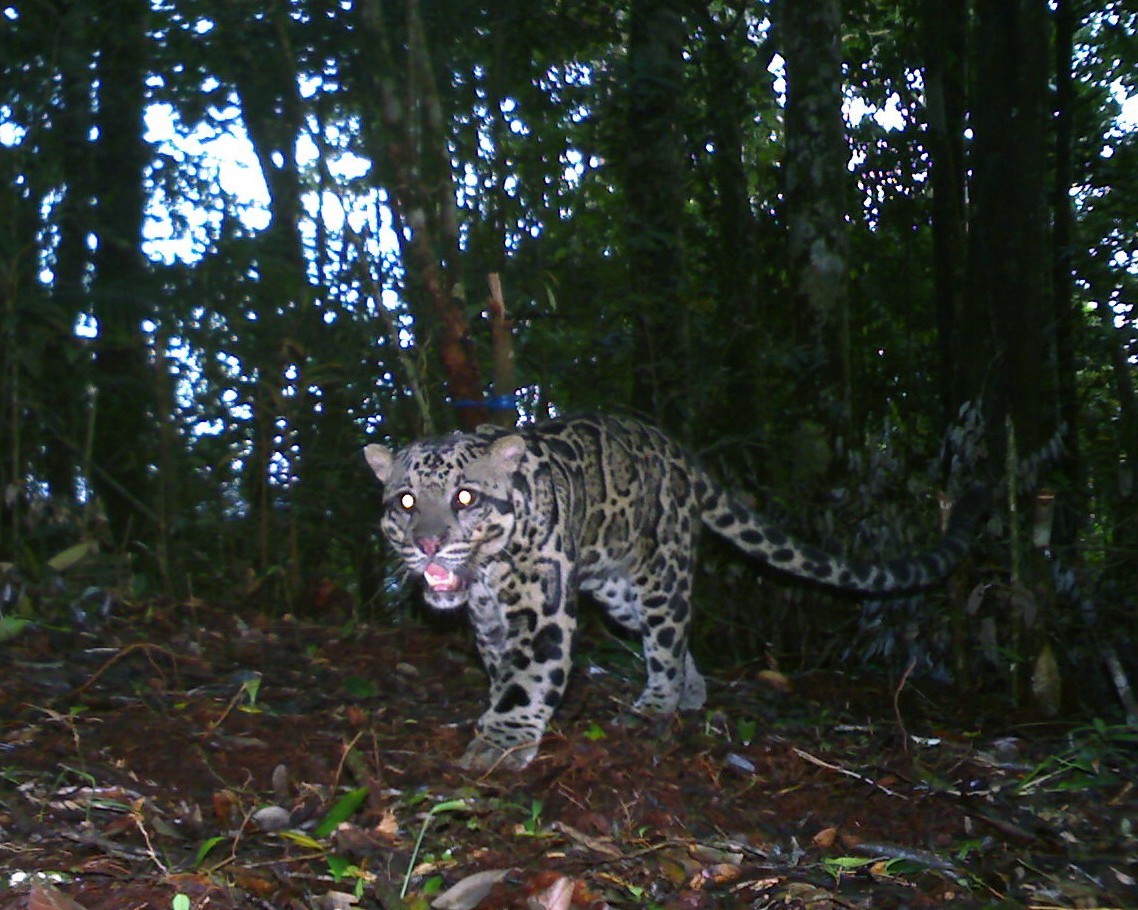News
Old Mother Hubbard, and her famously bare cupboard, foresaw a danger that has left the world low on big cats and threatens to finish off those that remain, writes David Macdonald: African lions face same threats as extinct sabre-toothed tigers
The seven big cats that went extinct towards the end of the last ice age, including several sabre-toothed cats, are those which lost the greatest proportion of their prey, according to our collaboration with scientists from the Universities of Sussex, Aarhus, and Goteborg. It also transpires that Ice Age extinction trends hold ominous warnings for populations of big cat species now, as revealed by the use a data base we made earlier on felid diets called Felid Diet.
The study entitled: “Learning from the past to prepare for the future: Felids face continued threat from declining prey richness” has been published in the journal Ecography and began by exploring the cause of extinction of seven large cats from the Ice Age; four different types of sabre-toothed cats, the cave and American lions, and the American cheetah. It turns out that if these animals were alive today, on average, they would find only 25 percent of their preferred prey species still survive across their former natural ranges – the majority has gone extinct, and at least partly due to human pressure. We think this devastating loss of prey species was a major contributing factor to the extinction of these big cats.
This raises the troubling question of what lies in store for today’s big cats, a question which prompted us to use our database to work out whether a similar decline in the availability of their contemporary prey species could lead to the demise of some of the remaining and charismatic species of big cats. If all the currently threatened and declining prey species within big cat natural ranges were to go extinct, only 39 percent of the African lion’s prey species and 37 percent of those of the Sunda clouded leopard would remain. This outcome is worryingly possible. The imminent demise of prey species poses ‘a high risk of extinction’ to these two species in particular. Prey diversity within the geographical ranges of tiger, leopard and cheetah puts them at risk too.
This project was conceived by Dr Chris Sandom while at WildCRU, and grew out of a collaboration between Professor David Macdonald and Professor Kathy Willis which was originally funded by the Oxford Martin School. Chris now holds a lectureship at the University of Sussex, and he said: “Our research clearly shows that if primary big cat prey continues to decline at such a rate then big cats, including lion, tiger, leopard and cheetah are at risk.Where prey species have, or are likely to become extinct, this poses a serious risk to the big cat species which feed on them and we now know this is the continuation of an unhappy trend which began during the last Ice Age. We need to buck this Ice Age trend once and for all and to reinforce the urgent need for governments to protect both big cat species and their prey.”
For me, the lesson is that the fairytale consequences of Old Mother Hubbard’s cupboard being bare are all too vividly real for modern big cats. Our study of the consequences of prey loss – ‘defaunation’ in the jargon – is about, in everyday language “what if” or perhaps better “if only”: without the extinctions of the Pleistocene, in which the fingerprints of humantity are all to incriminating, there would have been between one and five more felid species in most places today. The Churchillian aphorism that those that fail to learn from history are doomed to repeat it was painfully in mind when we saw how many of the prey of lions and East Africa and of clouded leopards in Indo-Malaya look set to go down the same drain down which their counterparts in other regions have already been flushed.
The study entitled: “Learning from the past to prepare for the future: Felids face continued threat from declining prey richness” has been published in the journal Ecography and can be found here.







